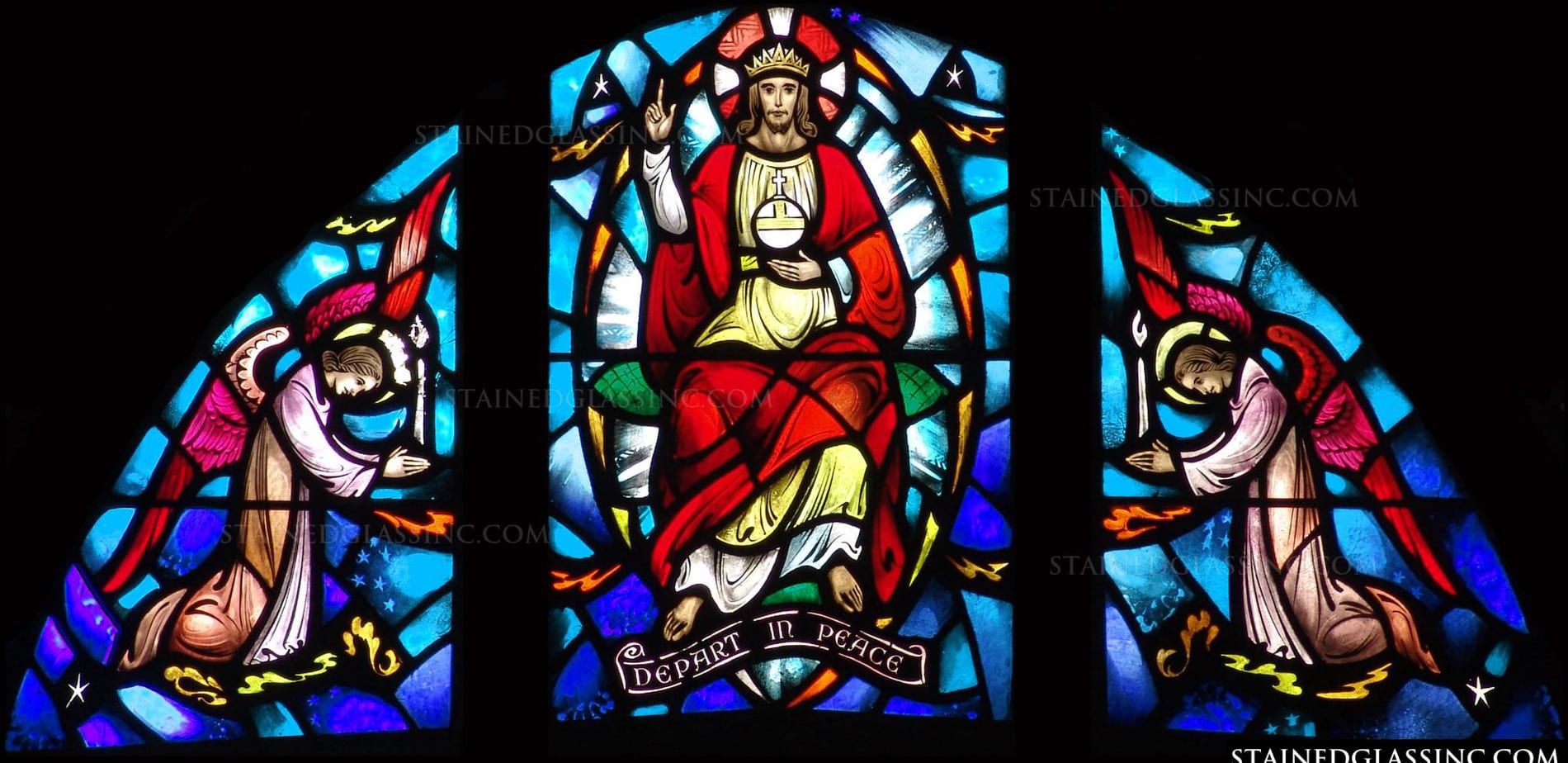Regina Caeli – Queen of Heaven, Rejoice!
The Regina Caeli, Latin for “Queen of Heaven,” is a hymn and prayer ...

Here the Second Vatican Council’s Constitution on the Sacred Liturgy lays out a synopsis of God’s mysterious plan of salvation through the paschal mystery of Christ’s passion, resurrection and ascension, celebrated in the liturgy & sacraments.
In his desire that all men should be saved and come to the knowledge of the truth, God spoke in former times to our forefathers through the prophets, on many occasions and in different ways.
Then, in the fullness of time he sent his Son, the Word made man, anointed by the Holy Spirit, to bring good news to the poor, to heal the broken-hearted as the physician of body and spirit and the mediator between God and men. In the unity of the person of the Word, his human nature was the instrument of our salvation.
Thus in Christ there has come to be the perfect atonement that reconciles us with God, and we have been given the power to offer the fullness of divine worship.
This work of man’s redemption and God’s perfect glory was foreshadowed by God’s mighty deeds among the people of the Old Covenant. It was brought to fulfilment by Christ the Lord, especially through the paschal mystery of his blessed passion, resurrection from the dead and ascension in glory: by dying he destroyed our death, and by rising again he restored our life. From his side, as he lay asleep on the cross, was born that wonderful sacrament which is the Church in its entirety.
As Christ was sent by the Father, so in his turn he sent the apostles, filled with the Holy Spirit. They were sent to preach the Gospel to every creature, proclaiming that we had been set free from the power of Satan and from death by the death and resurrection of God’s Son, and brought into the kingdom of the Father. They were sent also to bring into effect this saving work that they proclaimed, by means of the sacrifice and sacraments that are the pivot of the whole life of the liturgy.
So, by baptism men are brought within the paschal mystery. Dead with Christ, buried with Christ, risen with Christ, they receive the Spirit that makes them God’s adopted children, crying out: Abba, Father; and so they become the true adorers that the Father seeks.
In the same way, whenever they eat the supper of the Lord they proclaim his death until he comes. So, on the very day of Pentecost, on which the Church was manifested to the world, those who received the word of Peter were baptized. They remained steadfast in the teaching of the apostles and in the communion of the breaking of bread, praising God and enjoying the favor of all the people.
From that time onward the Church has never failed to come together to celebrate the paschal mystery, by reading what was written about him in every part of Scripture, by celebrating the Eucharist in which the victory and triumph of his death are shown forth, and also by giving thanks to God for the inexpressible gift he has given in Christ Jesus, to the praise of God’s glory.
For orientation on Vatican II and how best to approach its teaching, see READING THE DOCUMENTS OF VATICAN II.
This selection from Vatican II’s document Sacrosanctum Concilium focuses on God’s Plan of Salvation. It appears in the Office of Readings of the Roman Catholic Church for Saturday in the Second week of Easter. This excerpt comes from the Constitution (par. 5-6) on the Sacred Liturgy of the Second Vatican Council (1962-65).
No Comments